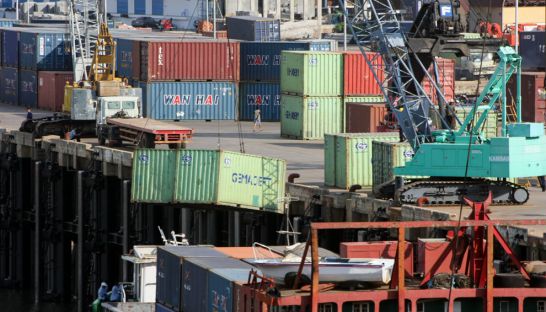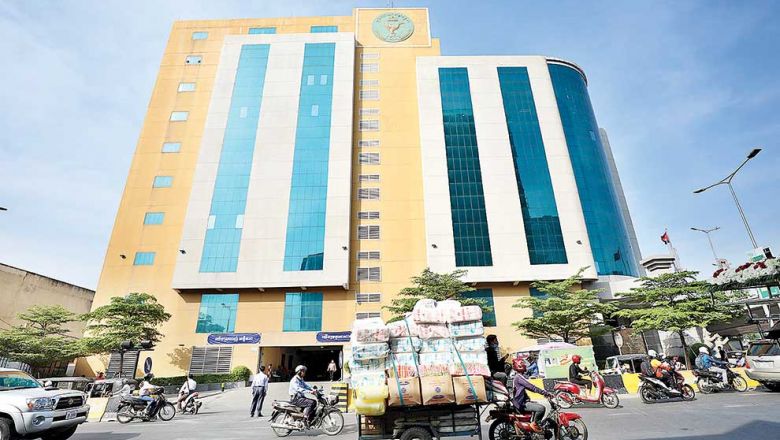Nontariff barriers continue to hinder regional trade
Nontariff barriers continue to hinder regional trade
While tariffs across the Asia-Pacific region have dropped over the last 20 years as a result of bilateral and multilateral trade agreements, nontariff barriers such as red tape and quotas continue to hinder the economic growth of Cambodia and other countries in the region, the Asian Development Bank (ADB) said in a report released yesterday.

The report posits that enhancing trade facilitation could stimulate trade and economic growth across the region following the demise of the Trans-Pacific Partnership (TPP) agreement, which was intended to bring together 12 signatory Pacific Rim nations under a unified trading bloc. While Cambodia was never a member of the TPP, it stood to benefit from the enhanced regional trade it would have brought.
Trade facilitation improves trade efficiency and lowers transaction costs, the ADB report said, adding that measures to facilitate trade had emerged as a key instrument for further reducing trade costs throughout the region.
“While tariff rates have come down substantially across Asia and the Pacific, non-tariff barriers remain significant,” the report said, adding that these are the “real impediments to trade”.
Nontariff barriers are a form of restrictive trade set up using quota systems, embargoes, sanctions or exorbitant fees that replace tariffs and typically take the form of protectionist policies, explained Jayant Menon, lead economist for ADB’s Office for Regional Economic Integration.
These policies, he said, were detrimental to long-term trade growth, especially across the economic corridors of the Greater Mekong Subregion (GMS), an area that includes Cambodia, Laos, Vietnam, Thailand, Myanmar and Yunnan province in southern China.
“For Cambodia, and across the region, tariff barriers are no longer an issue due to bilateral trade and multilateral agreements,” Menon said. “However, problems still arise for Cambodia when larger countries use protectionist nontariff barriers that generally leave out poorer countries because they have not reached the same level of transparency and efficiency.”
While Menon said enhanced trade facilitation would help Cambodia deal with its cross-border red tape and start to fulfil the Asean-mandated establishment of single windows, he said Cambodia was far behind its more advanced neighbours.
“The problem is that when you implement standardised procedures you will run into resistance internally with people that don’t want to see the reforms of a single window because the opportunities for corruption are diminished,” he said.
The ADB report highlighted key improvements that Cambodia has made in cross-border trade, citing that from 1999 to 2013 transit times from the border towns of Bavet to Moc Bai in Cambodia and Vietnam, respectively, have been cut in half from 10 to five hours. Bilateral trade has increased from $10 million to $708 million during that same period.
However, Ruth Banomyong, an associate professor at Thammasat Business School in Thailand and a consultant hired by the World Bank to help Cambodia develop its National Logistics Council, said this progress was “a bit misleading”.
“It is true that the time for border crossing has been reduced, but this is more because the cargo is now more containerised than in the past,” he said. “In the past, almost all the cargo was in loose format and therefore required manpower to do the trans-loading.”
Nevertheless, he said Cambodia could enhance its trade viability if it more quickly adopted the Trade Facilitation Agreement (TFA) of the World Trade Organisation (WTO). To date, Cambodia currently has ratified nearly 40 percent of the agreement’s obligations.
“The TFA is the first step as it enables initial transparency of cost, increases the reliability of border crossings and calls for the simplification, standardisation and harmonisation of trade procedures,” he said.
“But Cambodia has a long way to go in the implementation of the TFA.”














